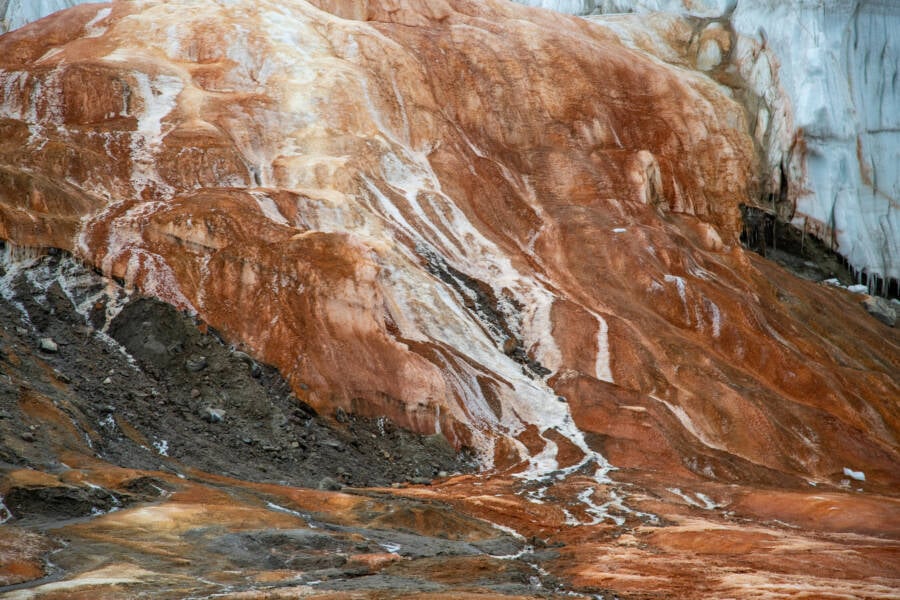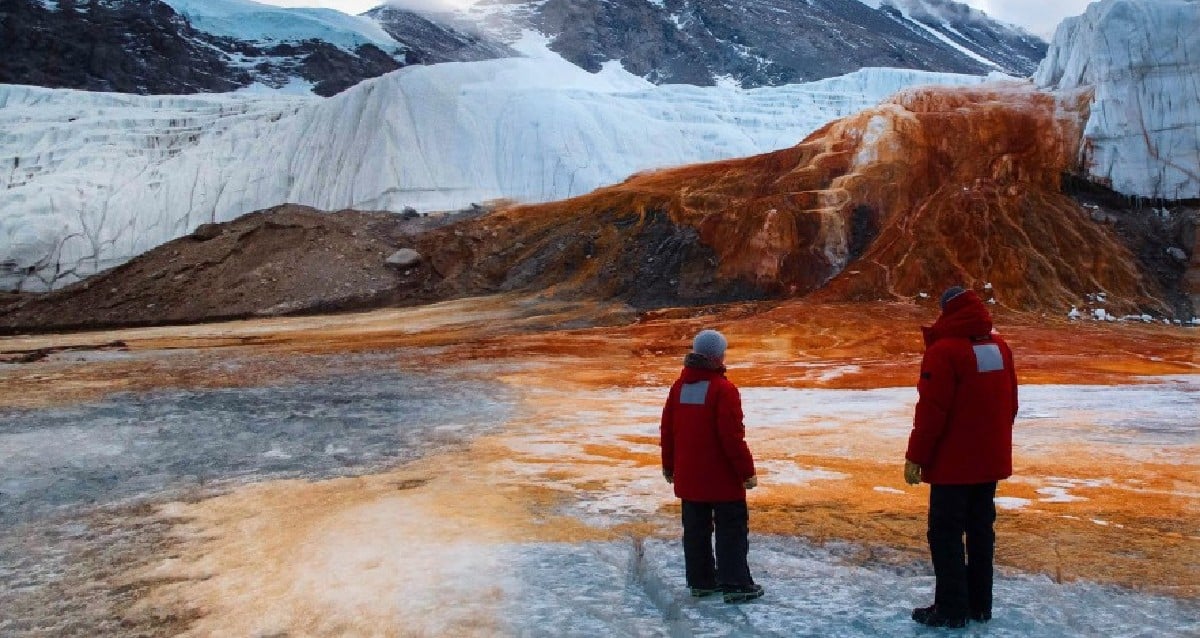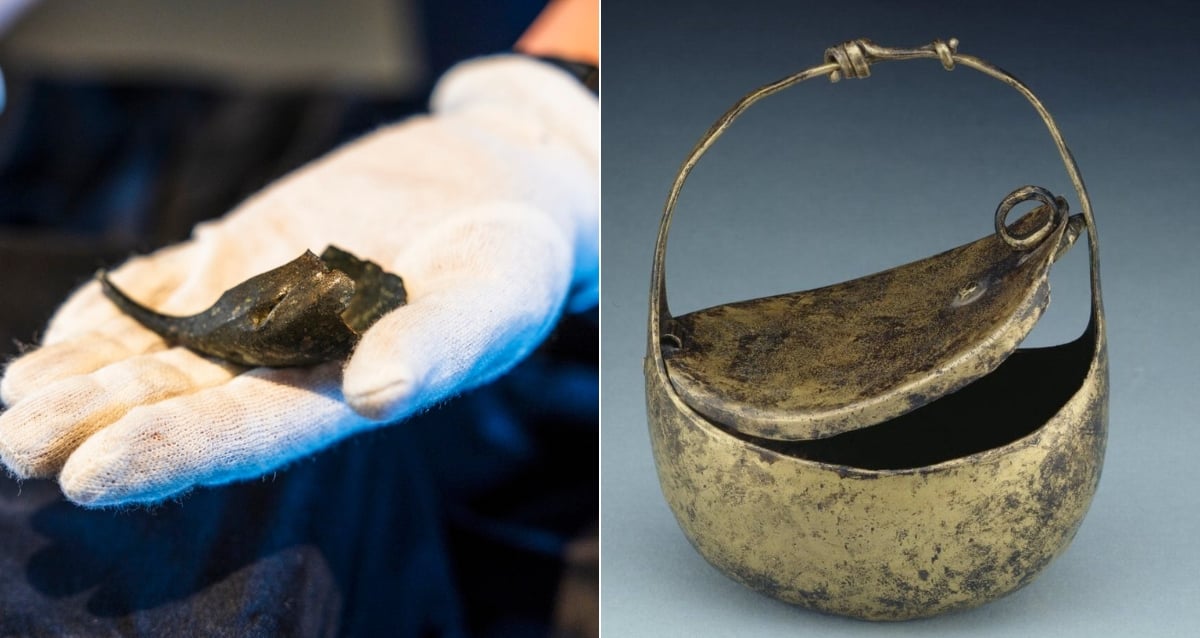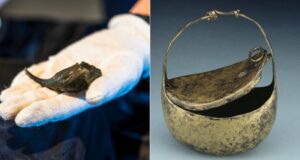Unveiling Antarctica’s Blood Falls: Is This Mysterious Glacier Hiding a Dark Secret?
Although the sight was unsettling, Taylor and his team were men of science. They took extensive notes, observations that would later offer great contributions to the fields of glaciology and geology, and attempted to figure out why Blood Falls’ water was such a stark color of red.
With their limited resources, Taylor concluded that red algae must be behind Blood Falls’ strange hue. More than a century later, however, new research would reveal the real reason for the red waterfall in Antarctica.
Why Is Blood Falls Red? Inside The Scientific Research

Ariel Waldman/Flickr Creative CommonsAntarctica’s eerie “Blood Falls” gets its red color from iron in the water.
More than a century after Taylor first documented Blood Falls, a group of scientists published a study in the Journal of Glaciology which explained what made Taylor Glacier “bleed” red water.
Building upon previous studies which had found a network of briny groundwater underneath Taylor Glacier, the researchers discovered that this briny groundwater fed into to the glacier’s waterfall. They also found that the water was packed full of iron, and when this iron-rich water hits the air, it oxidizes and turns red. Thus, this is what gives Blood Falls its red color.
“[T]he brine discharges at the surface on the northern side of Taylor Glacier staining the ice red and depositing a red-orange apron of frozen brine,” the researchers explained in their study about Blood Falls. “The red color results from iron oxides precipitating when the iron-bearing suboxic brine comes in contact with oxygen in the atmosphere.”














Post Comment